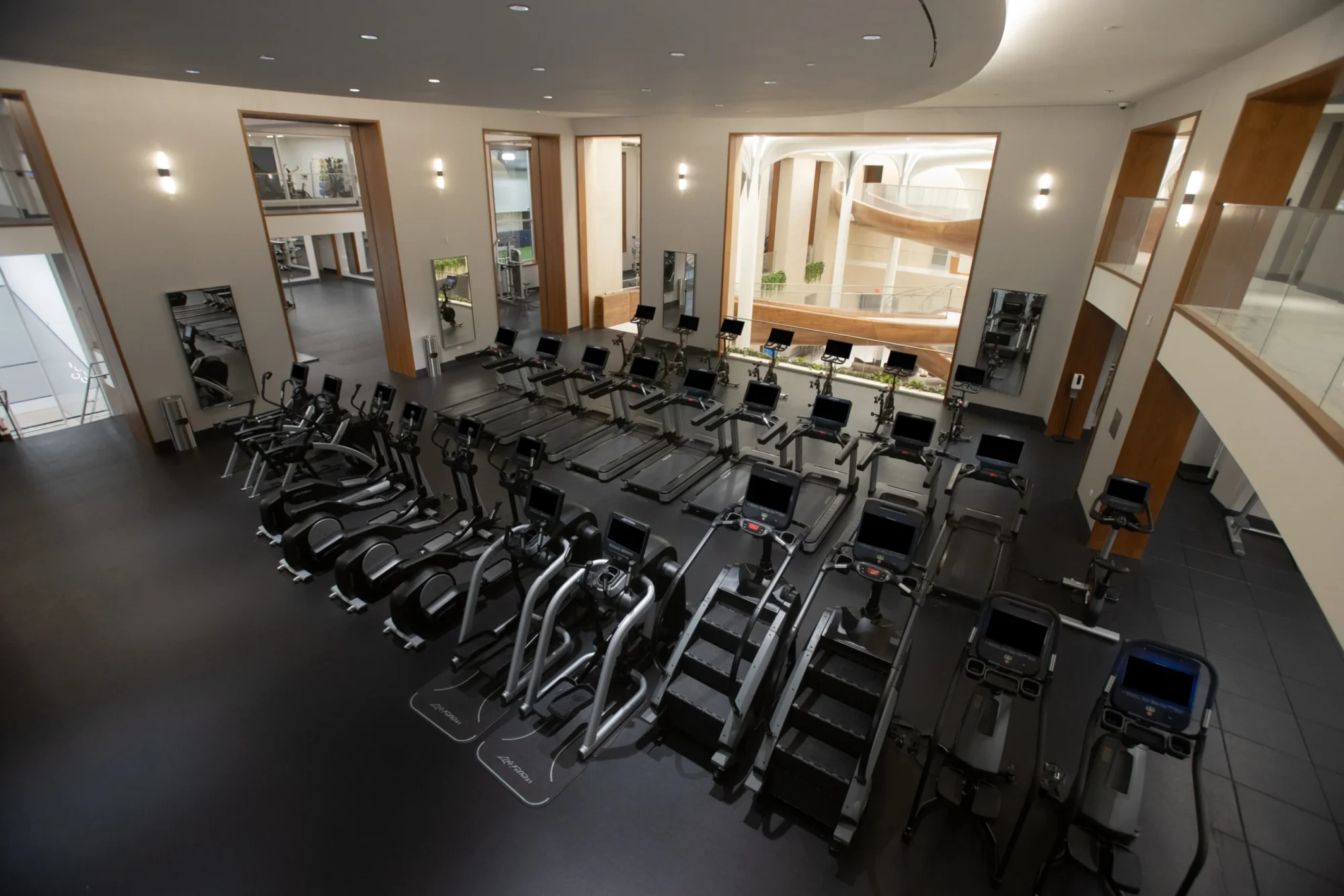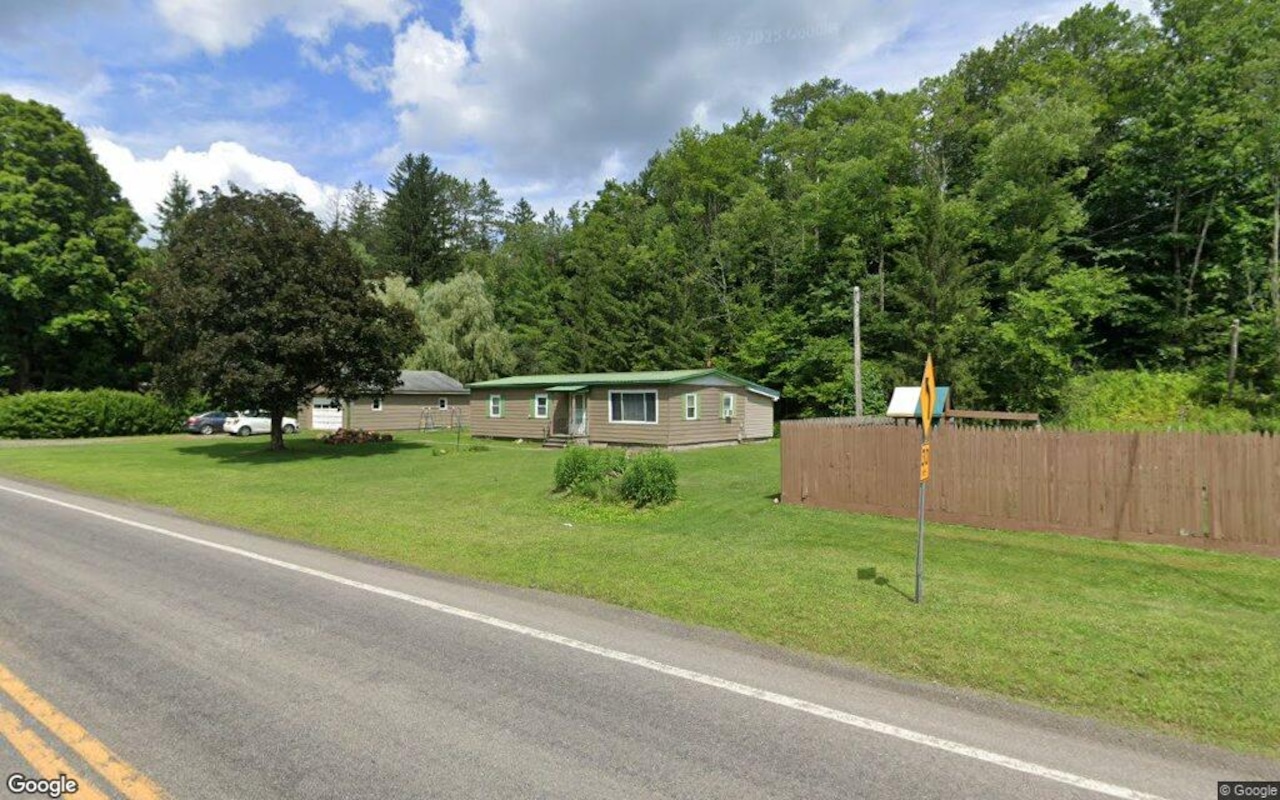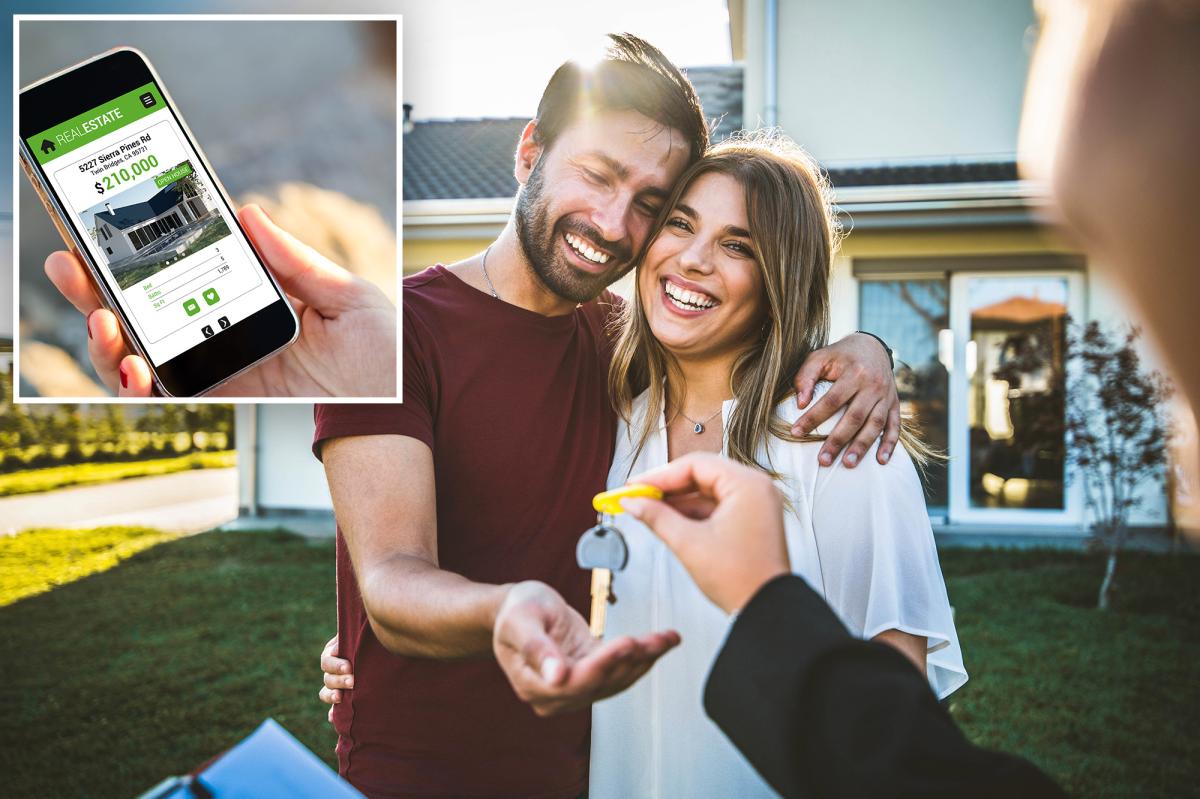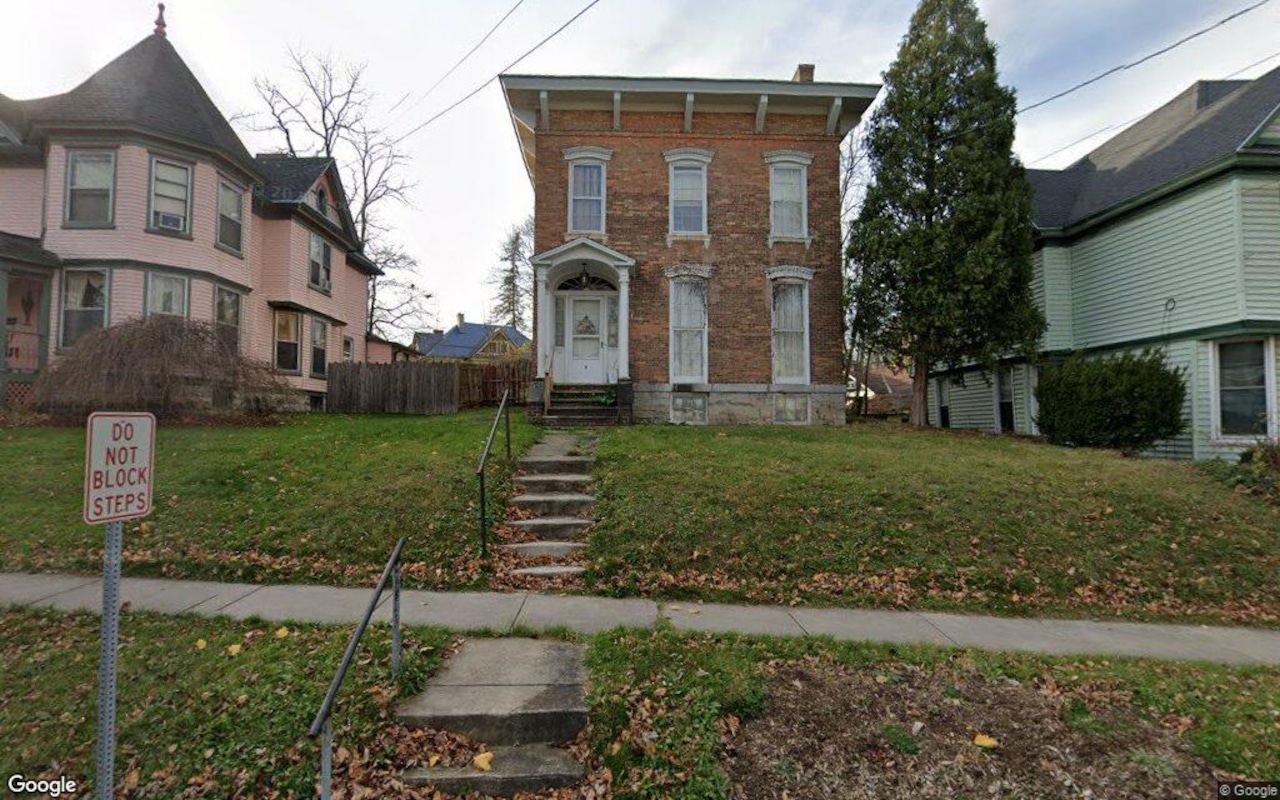I
n the realm of fitness and wellness, a seismic shift is underway. Gone are the days when gyms and studios were the sole domain of enthusiasts; today, they're integral to high-end residential buildings, corporate offices, and community centers alike. As consumers increasingly prioritize health and wellness, businesses must adapt to meet their evolving expectations.
LIVunLtd, a pioneering brand under The Amenity Collective, is at the forefront of this revolution. With expertise in facility management, fitness equipment, programming, and consulting, they're crafting communities across mixed-use developments, residential condos, and corporate fitness hubs. Their approach? Creating spaces that seamlessly blend form and function.
"We prioritize thoughtful layouts that optimize usability while creating visually appealing environments," says Lisa Kendall, CEO of LIVunLtd. "We incorporate eco-friendly elements like feature walls, sustainable flooring, and natural finishes to warm up the room and elevate the space without compromising its purpose."
As consumers become more environmentally conscious, sustainability is no longer a nicety but a necessity. According to Deloitte's 2024 Global Gen Z and Millennial Survey, 64% of Gen Z consumers are willing to pay more for eco-friendly products, while 25% have ended relationships with businesses due to unsustainable practices.
To cater to this shift, LIVunLtd is incorporating sustainable design elements into their spaces. "We bring the outdoors in by adding plants and greenery, bamboo shrouding, and more," Kendall explains. "We select durable equipment, emphasize proper maintenance, and focus on energy-efficient lighting, water conservation, and repurposing or recycling old machines."
As consumers increasingly crave Instagram-worthy spaces with monochrome palettes, minimalism, and natural elements, LIVunLtd is meeting this demand while prioritizing sustainability. "With all of our designs, we carefully balance aesthetics with eco-friendly considerations," Kendall says.
Beyond physical fitness, consumers are seeking multi-purpose spaces that integrate mental and social wellness components. "Recovery zones, group exercise classes, and strength training areas are especially popular," Kendall notes. "We're designing more boutique-like experiences within larger facilities—creating specialized environments like high-end yoga studios or spin rooms that feel private and exclusive."
For fitness and wellness businesses looking to make their mark, Kendall advises starting with a deep understanding of their community's needs. "Balance traditional fitness spaces with areas dedicated to recovery, social engagement, and mental well-being," she suggests. "Technology should play a key role throughout, enabling hybrid experiences that connect users onsite and remotely."
As the industry continues to evolve, Kendall predicts a greater emphasis on holistic wellness initiatives, including mental health resources, nutrition consultation, and social wellness programs. With flexible designs that can adapt to changing trends, businesses will need to stay agile to meet the shifting demands of their consumers.













